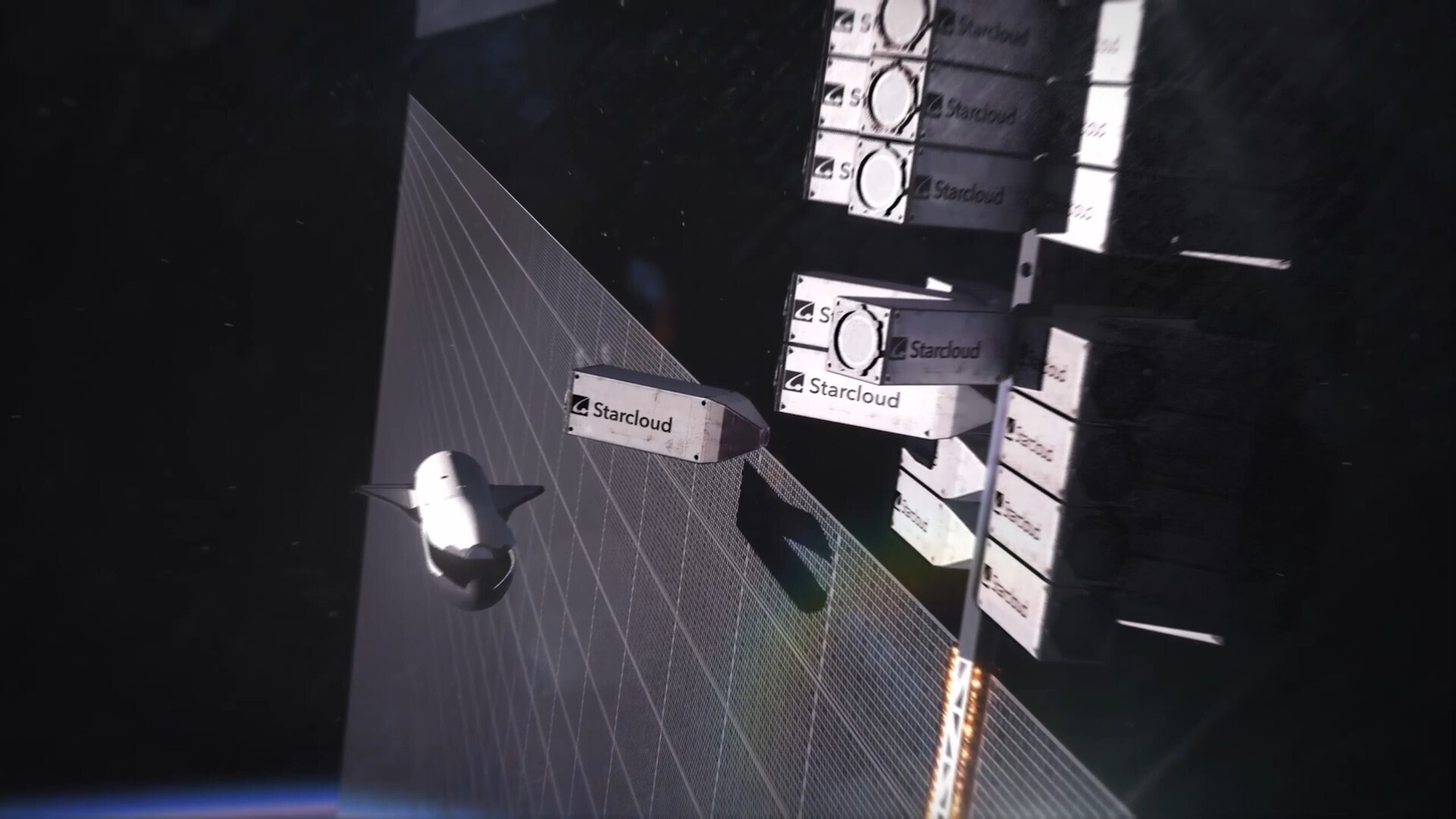Cloaked Black Hole Found Hidden Behind Gas Cloud in Early Universe
A cloaked black hole, one of the rarest black hole sightings, was found lurking behind a cloud of gas, and it dates to the early years of the universe.
In a recent discovery made using the Chandra X-ray Observatory, astronomers found the farthest cloaked black hole to date. The object is only about 6% of the age of the universe, according to a statement from NASA.
Before they turn into supermassive black holes, these monstrous cosmic beings feed off material from a disk of surrounding matter, the process of which creates an extremely bright, compact source of light known as a quasar. During a black hole's early growth period, a dense cloud of gas blocks the quasar's light until the black hole finishes consuming the gas.
Related: Images: Black Holes of the Universe
"It's extraordinarily challenging to find quasars in this cloaked phase, because so much of their radiation is absorbed and cannot be detected by current instruments," Fabio Vito, an astrophysicist at the Pontificia Universidad Católica de Chile in Santiago, Chile, and lead author of a study describing the research, said in the statement.
The team of astronomers was originally observing 10 quasars found in the early universe when the researchers discovered that one of them, PSO167-13, was highly obscured by gas.
"This was a complete surprise," Niel Brandt, a physicist at Penn State University and co-author of the study, said in the statement. "It was like we were expecting a moth but saw a cocoon instead."
Breaking space news, the latest updates on rocket launches, skywatching events and more!
The quasar came into existence 850 million years after the Big Bang, the astronomers estimated, based on its distance from Earth. The previous record-holder for the most-distant quasar discovered was born 1.3 billion years after the Big Bang.
This discovery could help scientists better understand the growth phase of supermassive black holes and how they grow to a billion times the mass of the sun in a short time, according to the statement.
The study was posted to the preprint server arXiv.org on June 20 and has been accepted for publication in the journal Astronomy and Astrophysics.
- Supermassive Black Holes Likely Born in 'Halos' of Dark Matter
- Are Supermassive Black Holes Going to Eat the Universe?
- Astronomers Think They've Figured Out the Raging Swirls of Gas Around Supermassive Black Holes
Follow Passant Rabie on Twitter @passantrabie. Follow us on Twitter @Spacedotcom and on Facebook.

Passant Rabie is an award-winning journalist from Cairo, Egypt. Rabie moved to New York to pursue a master's degree in science journalism at New York University. She developed a strong passion for all things space, and guiding readers through the mysteries of the local universe. Rabie covers ongoing missions to distant planets and beyond, and breaks down recent discoveries in the world of astrophysics and the latest in ongoing space news. Prior to moving to New York, she spent years writing for independent media outlets across the Middle East and aims to produce accurate coverage of science stories within a regional context.

